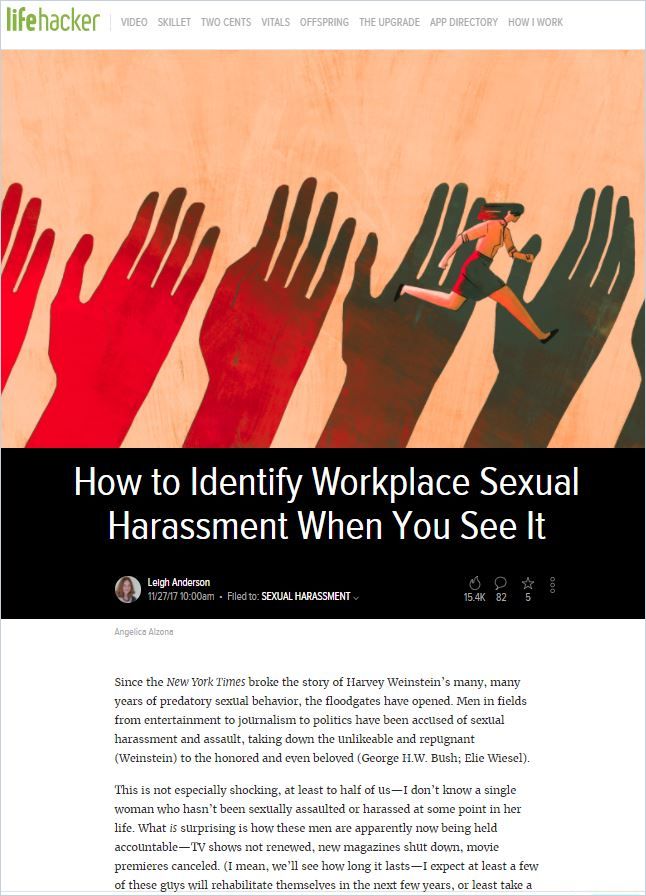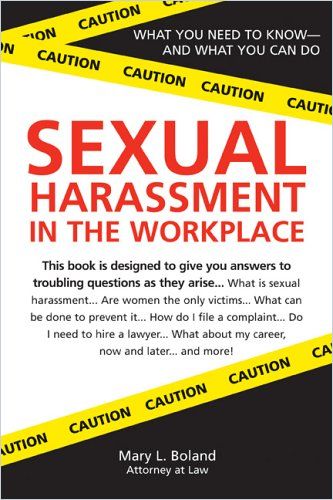Bottom Line

You’ve tried everything. Months ago you began to feel like you’re one of the losers in the new, hybrid world of work. You tried our tips for job crafting – the classics here and here – but your consultation with the boss didn’t produce anything. Setbacks followed, mental breakdowns, the unfulfilling work life spilled over into family life – you’ve been going through the motions for weeks. Today, “loving” your job seems nothing but cynical nonsense to you.

Something has to change. Dramatically. Immediately.
1. Assess What Went Wrong
If, as a result of all the mess, you are thinking of quitting your job, you should – before you do it – analyze what was and is going wrong in your current role. Nothing spells more chaos than quitting a job in a hurry. Even worse, it leaves scorched earth, puts unnecessary pressure on you and others, and does nothing to improve your immediate situation. But it’s also true: Both sides can benefit from a well-considered and cleanly executed resignation because it saves time, money, and nerves. Unmotivated workers are not very productive, they waste their time, and the frequently resulting paper wars in the workplace are resource-intensive. Therefore, examine exactly what you are suffering from, and take well-considered next steps.
Below, we’ve rounded up the most popular reasons for job dissatisfaction and what to do in such a situation. The summaries are applicable not only for employees but also for their superiors.
Anonymity and Missing Purpose: How to Identify A Miserable Job
“Scores of people suffer – really suffer – every day as they trudge off from their families and friends to jobs that only make them more cynical, unhappy and frustrated,” says business writer Patrick Lencioni. The symptoms of a miserable job are: feeling anonymous, thinking that your work does not matter and having no way to assess your own progress.
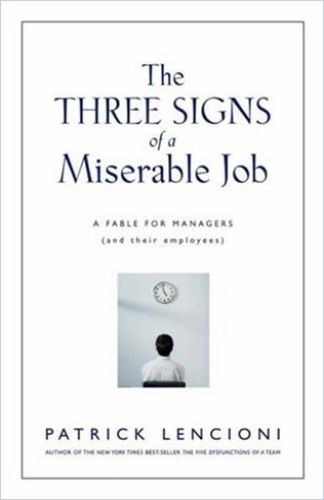
Don’t feel recognized as an individual? Don’t believe that your work makes a meaningful contribution? You are not alone: People hunger to know how they are doing. If you don’t get tangible ways to measure your accomplishments in your current position, you are right to consider a fundamental change.
Boredom and Inefficiency: Are You a “Living Dead?”
With wry British wit, David Bolchover skewers life in large corporations and exposes the extent of a phenomenon he calls “the living dead”: the masses of employees who are disengaged from their work, unproductive and unmotivated.

Bolchover’s account of his own experience of falling through the cracks of a corporate behemoth is hilarious. But far from being just an amusing caricature of life in big companies, his book is a thoughtful consideration of the economic costs of boredom and inefficiency. If you feel yourself slowly turning into a zombie in a business suit, Bolchover offers insight into how to breathe life into your career – including a job change.
Workplace Incidents: What You Should not Tolerate
Whether it’s bullying, insulting behavior, or even a massive boundary violation, your workplace should be safe, and if it’s not, you should take action – and that may well include a resignation.
Bullying affects people’s well-being, motivation and productivity. Yet victims of bullying can find it difficult to identify what they’re experiencing – and even harder to take action. This helpful article offers a clear definition, outlining the signs of bullying in the workplace, as well as its negative results for both victims and organizations.
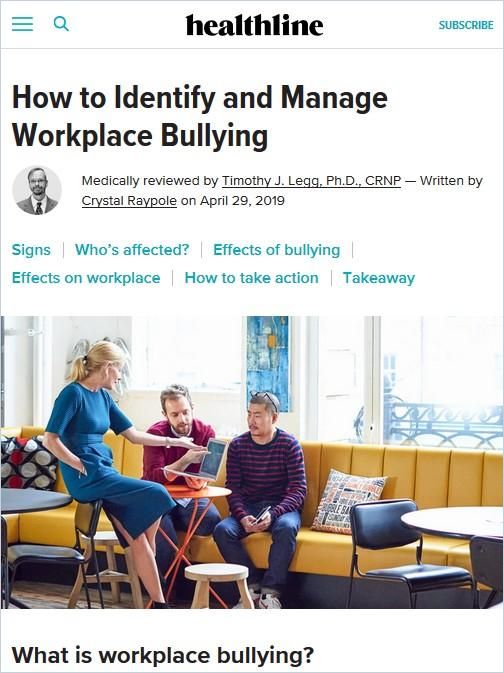
After the Harvey Weinstein sexual harassment scandal, society is holding many powerful perpetrators accountable for the first time. However, harassment doesn’t have to be physical. Many women still endure more subtle forms of harassment. It could be a sexist comment or the pornographic images your co-worker shows you. Many laugh off such behavior, pretend they don’t care so much or even start believing they are being overly sensitive – until it’s ruining their careers. Some women have fled their chosen careers to avoid toxic workplaces or industries.
Overworked and Underpaid: A Scapegoat for Lost Trust
It’s a fact: More employees leave for “intangible” reasons than out of compensation concerns. Though they cite better pay, benefits, or career advancement as their reasons for changing jobs, these are seldom the primary reasons people leave their positions and venture back out into the job market. These are simply the easiest, most acceptable reasons to state because they require no additional explanation and carry no risk of incurring a negative reference.
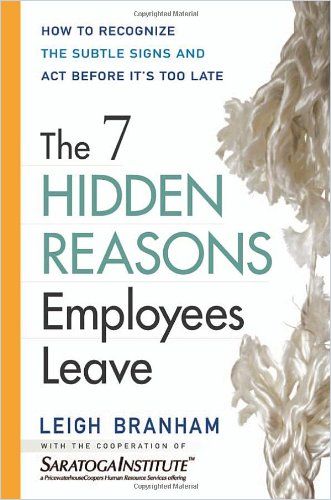
Especially in the last two years with all their additional burdens, three major reasons for considering a job change are booming, and you should ask yourself if your problem is one of the following:
- “Feeling devalued and unrecognized” – You feel your bosses doesn’t value you or your work.
- “Stress from overwork and work-life imbalance” – Your job(s) requires too much time, or creates so much tension that work interferes with your personal life, or your physical or mental health and well-being.
- “Loss of trust and confidence in senior leaders” – You no longer believe in your executives or your whole company. No one seems to care enough to try to rebuild your eroded trust and confidence.
As a rule, most of these reasons can no longer be remedied by a supervisor, motivational payments, or other fire department actions – trust has been broken, thus a change of job is indicated.
Write down everything that bothers you about your current job. Weight it. Consider one last time whether these are really the points that bother you – and whether an improvement at the current workplace is really impossible. If yes, go on reading.
2. Quit!
Keep the above list with you, it will help you in finding a more fulfilling job. You should look for the latter now, before you hand over the envelope with your final words to your employer. Pay attention to the following sequence:
Develop Plan B While Following Plan A
Although you have little time and plenty of good reasons to look for a new challenge, you should invest the former so that the latter does not become a belly landing. Side Hustle podcast host Chris Guillebeau, the author of The $100 Startup, offers a compendium of ingenious ideas for getting the job of your dreams while still bouncing through a nightmare.

He suggests viable ideas for earning money on the side while you embrace your unique entrepreneurial pursuits:
- Develop a separate source of income besides your current job. Nurture this “side hustle.”
- Self-employment opportunities come along all the time. If you miss one, another will soon become available.
- No one has to stay in career hell. Use “escapology” – the art of leaving – to bust out of your cubicle and find something better.
- Integrate focused networking into your job search.
- Prioritize personal branding during your job search and beyond.
- Make sure your emotions are working for and not against you.

How to Find the Perfect Career Fit – An Analytical Approach
How to Be Awesome at Your JobMost people don’t plan their career transitions, but they should. Identifying where you are standing long before a crisis hits can help you make the right decisions to avoid job quitting pitfalls. According to Jon Acuff, there are four major types of career transitions that occur in most biographies: “Jumps, Bumps, Ceilings” and “Opportunities.” You can prepare for them and manage all of them if you invest in yourself.

Actively manage your career by building your “Career Savings Account” (CSA) consisting of investments into “relationships, skills, character and hustle.” Manage each career transition by drawing on one of your four CSA investments:
- Invest first in relationships, which can help get you a (new) job.
- Your skills and character help you make a transition to something better.
- Hustle, which magnifies the other three investments, requires grit and perseverance.
In a seemingly hopeless situation, many people want to change not only their job but also their industry – or continent. Looking for a career in a new field may seem like an impossible task then, but with a little creativity and a lot of consistency, you’ll find the transition easier than you think:
- Changing careers requires decoding job descriptions and pursuing interviews with industry professionals to learn what companies really want from new employees.
- Ask professionals already in the field for additional insight on what skills are most important. Make a LinkedIn Premium account, and start reaching out.
- Read industry books, enroll in courses and sign up for field-related blogs to learn as much as possible about the new sector.
- Use freelancing to sharpen your skills and gain work experience.

How You Can Start a Career in a Different Field Without “Experience”
MediumDon’t Execute Plan B the Wrong Way
You can quit well or badly. To quit the right way, don’t use these counterproductive exits:
- The “slacker quit” – The dodger slouches off, refusing to stick with tasks or giving up when the road becomes difficult.
- “The O.K. Corral” – The gunslinger on the way out postures self-righteously and frames quitting as a moral imperative and splitting as heroic, while ignoring any “collateral damage” to his or her career and relationships.
- The “faux quit” – If you leave a partner or a job and then dwell endlessly on the ups and downs you went through, you’ll never gain true disengagement.
- The “threatening quit” – This “passive-aggressive” technique mostly involves trying to manipulate other people. Consider an employee who threatens to quit to get a raise. It might work for the moment, but it damages the person’s credibility and relationships in the long term.
- The “disappearing act” – In another passive-aggressive move, a person walks away without explanation. This tactic never helps the departing staffer find a better gig.
- The “big bang” – An explosive exit makes for good drama, but leaves the quitter with “a mess to clean up.”
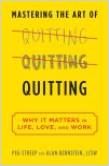
Execute Plan B the Right Way
Now, follow the quitting playbook as you might already have seen in the movies. With some deviations:
- Be decent – Don’t tell your colleagues first that you are leaving them.
- Tell your boss first.
- Tell in person that you have made the decision and why. Confidence and honesty are trump, but bitterness stays at the door.
- Let your employer know early enough – Check your employment contract to time it right, i.e., within the deadline, but without giving time and labor away for free. Offer your help when it comes to smooth transitions.
- Send your letter of resignation in an email after you resigned in person. Write that you’re resigning, mention the date of your last day, say some kind words about the company or job (if possible) and offer to help make the change as smooth as possible.
- Let your colleagues know that you’re leaving and in person before your employer might let them know through a sober team chat message.
- Refrain from talking badly about the company or your boss – even in seemingly “private” conversations with colleagues. This always backfires, and nothing is worse than a former boss who says to your new boss, “Unfortunately, I have to warn you about your new colleague…”

3. Cleaning Up
Consider your last few weeks as you would your first: Even if you really don’t feel like it anymore, do your best to make a clean, good final impression.
- Find out about outstanding payroll and claims for bonuses.
- Make sure to return company-owned office supplies, keys, and other stuff in time.
- Stick out the lousy job right to the end. Yes, to do that, you need to know when it’s “over” – that is, how many vacation days are left, and whether they cash out, if necessary.
- Back up your data, if allowed and possible, especially the addresses of people you have dealt with who might be useful in the future.
- Stay positive and optimistic (without making your former colleagues unnecessarily jealous).
4. No Regrets
Regret is a natural by-product when you take the decision to quit. And in the short term, people are more apt to regret actions they have taken. Regrets over quitting can spur you to ruminate, and to reconsider your decisions in an endless loop. This blocks movement toward your new goals! So, manage rumination by confining it to a “worry time,” by recording your thoughts in a journal, or by training your mind to focus on an unrelated distraction, such as the petals of a flower.
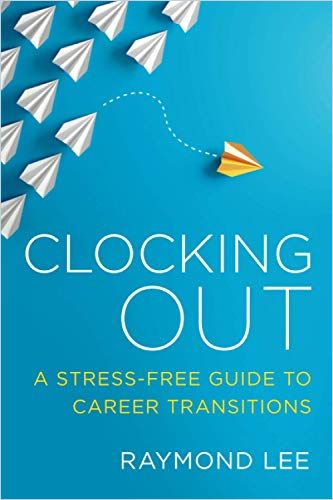
Remember: Trust is probably the most difficult principle to maintain amid the shifting fortunes of a career. Having trust means accepting that you can’t know the consequences of every choice you’ll make. You need to surrender control over some events and keep faith that you can make each step in the journey a positive experience.
